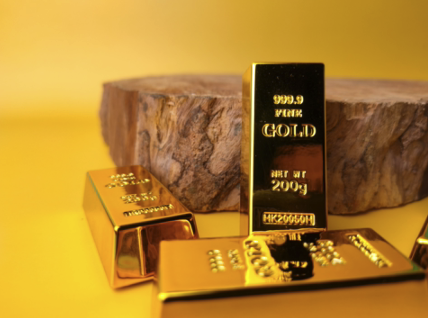
When it comes to investing in gold, prospective buyers often face a decision between purchasing gold bars or coins. Both options offer unique benefits and can be valuable additions to investment portfolios. However, there are several compelling reasons why some investors might prefer gold bars over coins. This article explores these reasons in detail, helping to clarify why gold bars might be the right choice for your investment strategy.
1. Cost Effectiveness
One of the primary advantages of buying gold bars over coins is cost-effectiveness. Gold bars generally have a lower premium over the spot price of gold compared to coins. The premium includes the costs associated with manufacturing, distributing, and selling the gold. Since bars are typically simpler to produce and require less intricate designs than coins, their premiums are usually lower. This means that investors can purchase more gold for the same amount of money, making bars a more budget-friendly option for bulk gold investments.
2. Purity and Weight Options
Gold bars are often favoured for their high purity and variety in sizes. Most gold bars are 99.99% pure gold, which is slightly higher than many gold coins. Additionally, bars are available in a wide range of weights, from 1 gram to over 1 kilogram, providing flexibility depending on your investment goals and budget. A typical small gold bar measures approximately 23 mm x 14 mm x 1 mm, offering a compact option for investors.
3. Storage and Handling
Gold bars are more compact and easier to store compared to gold coins, especially when dealing in large quantities. Bars stack neatly and take up less space relative to their value, making them ideal for secure storage, whether in a home safe or in a vault. The uniform shape and size of bars simplify handling, inventory, and long-term storage, which can be appealing for both private investors and large institutions.
4. Lower Likelihood of Counterfeiting
Gold bars are considered harder to counterfeit compared to coins. This is due to their simplicity and the large, flat surfaces that are easier to test for authenticity using non-destructive methods like ultrasound and X-ray fluorescence (XRF). While coins can also be tested, their intricate designs and smaller size can sometimes make verification more challenging without specialized equipment.
5. Simplicity and Focus on Pure Investment
Investors who are primarily interested in the intrinsic value of gold rather than numismatic or collectible value may prefer bars. Gold bars are straightforward investments: they are valued almost solely for their gold content and market price. In contrast, gold coins can carry additional value based on rarity, design, and historical significance, which might not interest pure investors as these factors can complicate the investment.
6. Liquidity and Market Demand
While both gold bars and coins are highly liquid, the standardization of gold bars makes them particularly easy to sell on global markets. Large gold bars, such as those weighing 1 kg, are favoured among institutional investors and central banks, thereby ensuring consistent demand. However, it's worth noting that smaller bars and coins can sometimes be easier to liquidate quickly, as they can be sold in smaller quantities.
7. Tax Advantages
In some jurisdictions, gold bars may offer tax advantages over coins. For instance, in certain countries, investment-grade gold bars might be exempt from value-added tax (VAT) or eligible for lower capital gains taxes compared to gold coins, depending on their purity and accreditation. Investors should consult tax professionals to understand the specific benefits in their region.
Choosing between gold bars and coins depends on your investment goals, budget, and preferences regarding storage, liquidity, and value. Gold bars offer several advantages, particularly in terms of cost-effectiveness, storage efficiency, and simplicity, making them an excellent choice for investors focused on the pure value of gold. Whether opting for bars or coins, gold remains a fundamental asset for diversifying and protecting your investment portfolio against economic uncertainties.